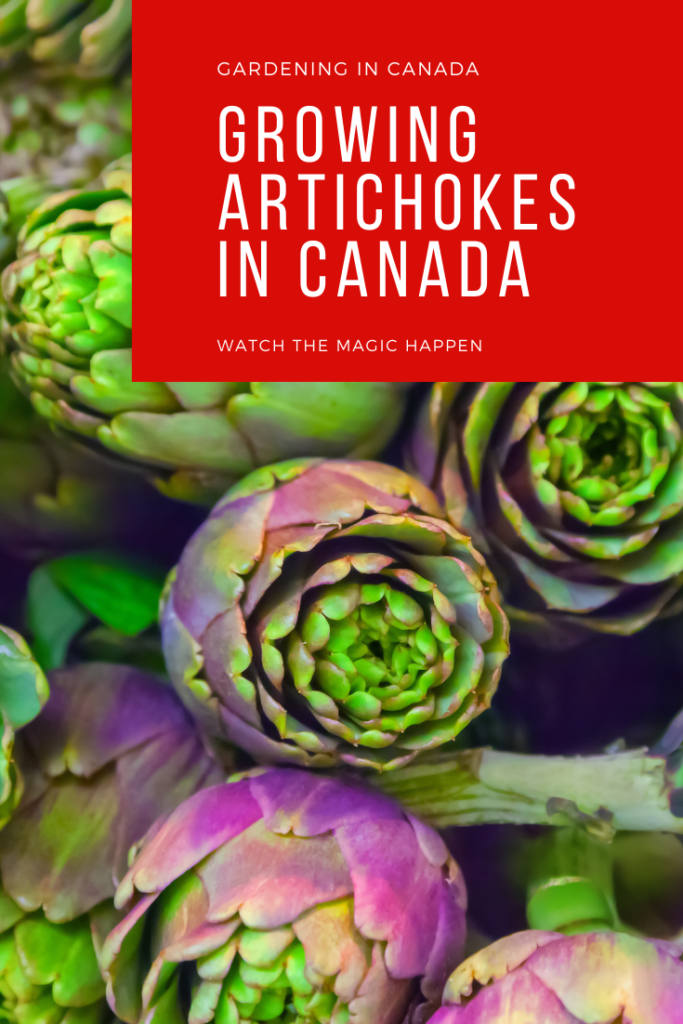- Canada’s Growing Zones Are Changing 2024 - January 12, 2024
- Attracting Wildlife To The Garden - May 16, 2023
- How To Garden Near A Septic Tank - May 9, 2023
A delicious and healthful food, artichokes can be produced across Canada. You can eat fresh, homegrown artichokes in your own backyard with a little bit of care and attention.
If you are new to this blog my name is Ashley and I am a soil scientist. I am located in a Canadian Zone 3 and a USDA Zone 4. I write articles, make YouTube videos, Instagram & Facebook posts all designed for Canadians and Cold Climate gardeners using science-based methods. If you are looking for anything specific be sure to let me know in the comments down below.
Select A Good Quality Seed
You must start with strong, mature plants if you want to successfully produce artichokes in Canada. These can be bought online or at a nearby nursery. It is preferable to plant them after the threat of frost has passed, which is in late spring or early summer.
Here is a list of artichokes that can be grown in Canada:
Green Globes (150-210 days) – Treat as perennial (zone 6 +)
Cardoon Artichoke (150-210 days) – Treat as perennial (Zone 6 +)
Imperial Star (85 days) – Perfect colder zone annual that works in containers! I grow this here in zone 3.
Select an optimal area
Choose an area with well-drained soil and at least six hours of daily sunlight when planting your artichokes. Although they may thrive in a variety of soil types and pH ranges, artichokes prefer an acidic to neutral pH range.
As they can grow rather large, be sure to plant your artichokes approximately 3 feet apart. A minimum distance of 4 feet should separate the rows if you are planting in more than one row. Unless if you are growing the smaller imperial start and then you can get away with a 5-gallon container.
Soil Needs
Keep the soil continuously moist but not soggy once your artichokes are planted. The development of the artichokes and the healthful growth of the plant both depend on a reliable water supply. To help the soil retain moisture, you can also spread a layer of mulch around the base of the plant.
During the growing season, fertilize your artichokes every 4-6 weeks with a 5-1-2. Additionally, during the growing season, only leave the largest bud on each stem; this will promote the formation of larger artichokes.
Here are a couple of great artichoke fertilizer options:
My favourite option organic bloom formula that works with any soil
Harvesting
Artichokes normally mature in between 80 and 120 days; when the buds are tight, big, and green, the plant is ready to be harvested. Simply cut the stem close to the bud’s base to harvest. If you allow it to fully flower you will simply enjoy the beautiful blooms. Unfortunately, at this point, the flower will taste a little goofy.
You can eat fresh, homegrown artichokes in your own backyard with a little bit of care and attention. This is a delicious addition to your diet that is also nutritious. Always check the weather and frost dates in your area before planting.

